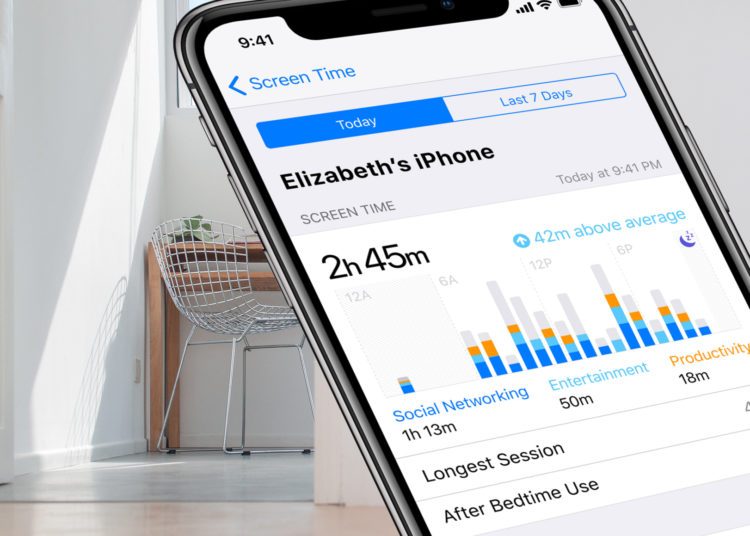If you were asked where and how you’re reading this article, what would you say? It’s likely that many of you could have—or did—stumble upon this article while browsing the internet on your smartphone. Like a lot of people, you’ve probably had moments where you pick up the phone for no reason, opening apps out of habit and scrolling mindlessly to kill time. It’s easy to do as internet speeds bring load times down to fractions of a second and Apple’s ongoing iOS updates optimize phones for better performance.
But does that mean you’re addicted? It’s a topic of growing concern, and Apple has something to say about it. Whether it’s motivated by altruism or this letter from shareholders, the trillion-dollar company has expanded their new iOS 12 to include features that monitor and even limit your phone usage. It’s an interesting move for a company to discourage the use of its own product, but let’s not complain about Apple’s fledgling attempt to help remedy tech addiction.
However, there’s still a nagging question: is it really Apple’s responsibility to cure smartphone addiction? Sure, the company is manufacturing the devices, but usage patterns are an individual matter. Apple can offer digital health updates, but there’s no guarantee we’ll use them. That said, here’s a breakdown of exactly what anti-addiction features Apple is offering, along with some usage tips for those interested in exercising more smartphone self-control.
Families Page
Released early in 2018, the Families page on the Apple website is a hub that showcases various parental controls built into Apple’s products and makes them easier to access. The features aren’t necessarily new, but this informational page is one response to the growing concern about children and technology.

The Families page will make it easier to understand how to set boundaries for the amount of time spent on devices, the content kids can view, and more—though concerned parents can and should follow additional family-friendly technology tips, like setting age-appropriate guidelines and avoiding internet-connected toys.
New and Improved Do Not Disturb Mode
You may already be familiar with the traditional Do Not Disturb mode in iOS—the little crescent moon symbol that silences notifications, texts, and calls. Under Settings, you can even schedule specific times for Do Not Disturb. And with iOS 12, you’ll have those same capabilities and more. Hold down the crescent moon, and a popup menu on your screen will offer additional Do Not Disturb options.
Those new options include turning on Do Not Disturb mode “For one hour,” “Until this evening,” “Until I leave this location,” and “Until this event ends,” though you can still toggle DND mode on and off at your discretion. Meetings and movies will probably benefit most from these specific options, but conscious users might also try Do Not Disturb during a social gathering, study session, or even an evening walk.
Screen Time
Screen Time (see image at the top of this page) is the name of the new Settings tab in iOS 12 that gives you a detailed view into your digital habits. Other previously available software shows you which apps drain your battery life, but that might say more about the apps themselves than your individual usage habits. Screen Time, on the other hand, tells you how many times you picked up your phone, how many notifications you received from each app, and how long you spent in each application. From there, you can set App Limits, choosing how much time to allow in each app before your phone shuts it off.
Additionally, Screen Time lets you schedule Downtime, which shuts off everything except specific apps— keeping some available to ensure that phone functionality can be used in case of emergency. It’s more extreme than Do Not Disturb, so it will likely be used by parents or caregivers more than any other user group. Screen Time can improve our awareness, but only some users will openly analyze their phone habits and set personal limits.
Threaded Notifications

The new iOS 12 also makes the notifications on your lock screen easier to manage. Grouped notifications simplify multiple alerts from one app into a single banner, with lots of additional options for how and when to group or deliver your notifications. Ideally, this will help you channel your attention more consciously and reduce visual clutter on your lock screen.
So can Apple cure smartphone addiction? That still may be the wrong question. With the company’s outreach to parents, improved Do Not Disturb option, grouped notifications, and Screen Time’s tools for awareness, Apple might be able to help. Whether or not we accept the help is another matter.








